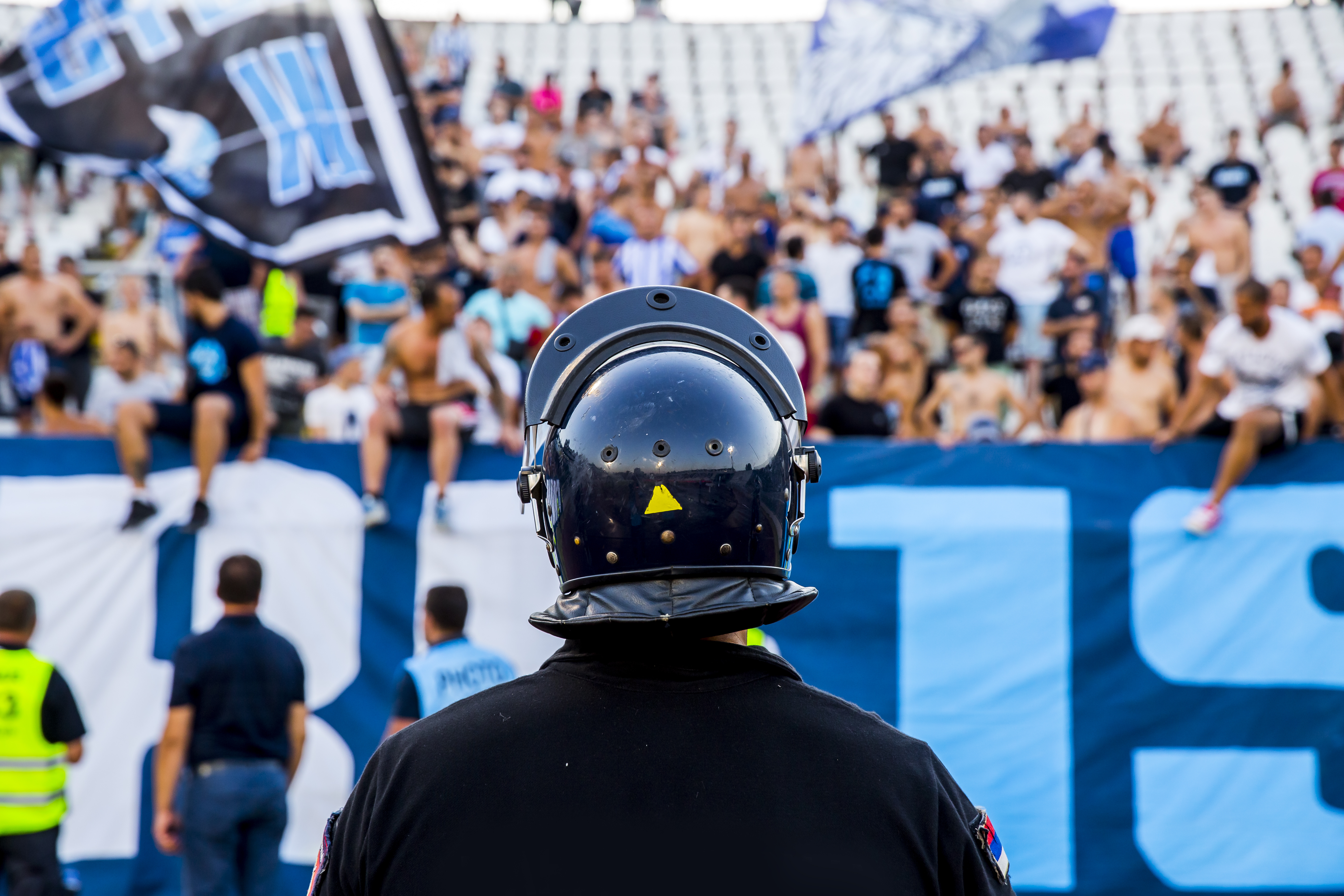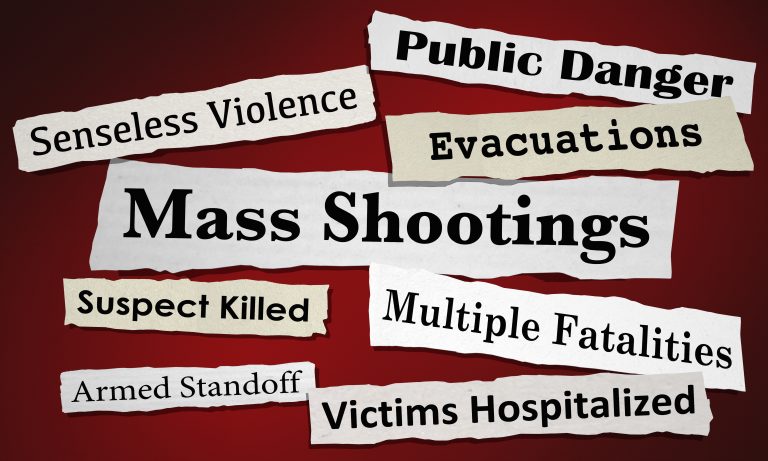Confined Space Protection: Safeguarding Today’s Stadiums, Venues and Arenas 2017 & Beyond
In today’s multi-billion dollar sports and entertainment industry, the need for ongoing event staff training cannot be underscored.
The threats, challenges, and vulnerabilities continue for those entrusted with duty of care responsibilities within the vertical.
Furthermore, when discussing safeguarding the confined space, i.e. stadium, venue and arenas where large crowds are gathered in densely populated areas, the following points of interest come to mind:
- Consistent, proactive risk mitigation event staff training.
- Thorough risk assessments and site visits – how often are they being conducted?
- Threat and vulnerability testing, computer simulations, evacuation drills, tabletop exercises. Practice, practice, practice. Know what to do in times of crises by leading others to safety.
- Utilizing metrics as a means of learning and retention. How long does it take you to evacuate your stadium, venue, arena? How often are you conducting drills inside your venue?
- Effective/efficient patron screening measures – hand wanding, metal arches, pat downs, bag searches. Is there a clear bag policy in place? If so, have you communicated this to your fan base via social media platforms, i.e. Facebook, Twitter, Snapchat, Instagram and the organization’s website?
- Exterior, middle and interior perimeter zones, target hardening.
- Counter-terrorism security – The emergence of terrorist/anarchist groups, i.e., lone wolfe – extremely unpredictable in nature, domestic/international, anti-government factions, protests, civil unrest in and around your venue. Is your command center in the know by utilizing responsible social media monitoring?
- Continuing education & career development resources for venue staff. Is event staff up to speed?
- Cross training guest services and frontline security-wearing multiple hats in true emergencies. Staff being well versed in verbal de-escalation skills is paramount for personal safety and creating a harmonious relationship with the well-paying fans. It’s all about the fan experience and returns visits. This will ensure profits while safeguarding organizational brand.
- Crisis management/communications – Social media platforms by pushing out the message, fan education-codes of conduct being posted on organization’s website. A knowledgeable fan is a safe fan.
- Drones, inclement weather conditions, hurricanes, bomb scares, active shooter, workplace violence situations, protests in close proximity to mass transit hubs, choke points/bottlenecks, crowd demographics, dynamics, spacing.
- Best practices, lessons learned, information sharing, public-private partnerships. All parties getting on the same page fosters understanding and enhanced communications.
- Safety Act Certified?
Source: Staff Training: CCICADA
Train staff constantly and repeatedly measure the effectiveness of the security program by collecting and evaluating data on the performance of all aspects of the program, including that of security personnel, supervisors, and command elements. Some of the training should include “tabletop” and full- scale exercises with external agencies responsible for incident response and recovery, and the security program should include testing of the training and use of After Action Reports. These reports can be used to evaluate and improve performance not only after training but after routine minor incidents to establish the habit of review.
In summary, the occurrences in the Chelsea section of Manhattan, NY, and the 5k marathon race in NJ and Manchester, is a stark reminder that the challenges continue to confront the vertical. The integration of technology platforms, responsible social media monitoring, proactive active risk mitigation strategies, venue staff training, continuing education, and research will go far with properly safeguarding the space.
**Source: CCICADA-Command, Control, and Interoperability Center for Advanced Data Analysis, A Department of Homeland Security University Center of Excellence.”BEST PRACTICES in Anti-Terrorism Security for Sporting and Entertainment Venues RESOURCE GUIDE”. July 2013. Executive Summary-Section 5. pg. 14.







Add your first comment to this post